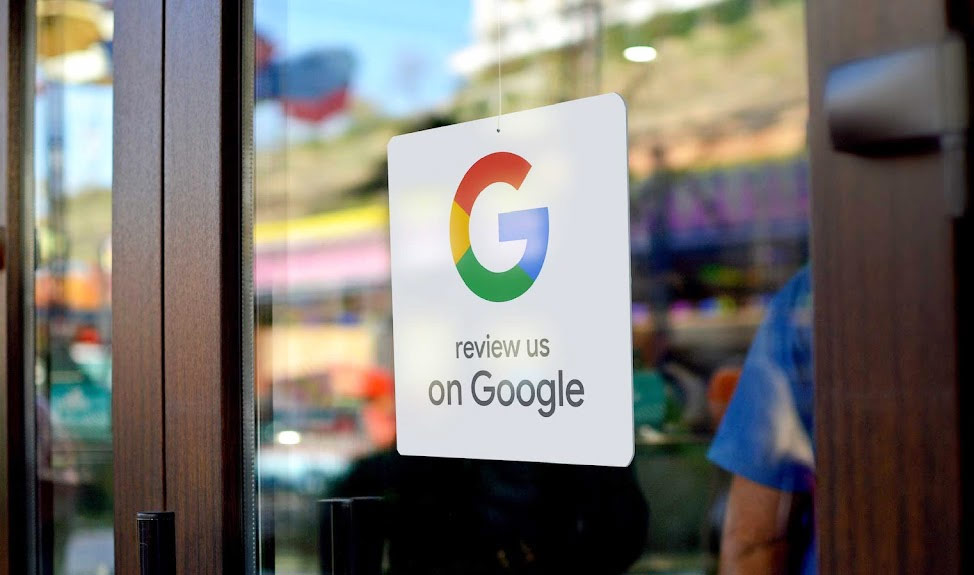In 2018, mobile phones surpassed other methods of online access in terms of website traffic. Approximately 52.2 percent of website traffic worldwide came from mobile phones this year, skyrocketing from 0.7 percent in 2009. This may be due to the increase in smartphone sales in recent years, as well as the portability and convenience of the phones compared with other online access points.
With more people on their phones, businesses need to optimize their websites for mobile users’ experience. While some SEO companies optimize their clients’ websites through web development, new updates in Google Search Console beta version will provide webmasters with reports on their client websites’ mobile usability. This may help analysts receive more accurate results that will help them adjust the website for a better mobile experience.
New Google Search Console
Google Webmaster announced on August 15, 2018, that the new Google Search Console has three new features. First, webmasters may manage users and permissions directly. Second, they may now add sites and validate ownership. And third, Google Search Console provides Mobile Usability reports.
Mobile Usability reports identify the problems most visitors face when visiting a site on their mobile devices. Webmasters receive a comprehensive graph detailing issues such as flash usage (many phones do not process Flash-based content such as animations, videos, and navigation), non-configured viewport (the website is not appropriate for the screen size), and crowded touch elements (links are too small and located too closely for users to tap accurately).
Mobile Users Habits & Its Implications
This update will be beneficial for businesses attracting both new and repeat customers. According to Google Search Console, mobile users are more likely to revisit mobile-friendly websites. It means companies that do not optimize their website for mobile users increase the risk of losing potential customers, which now accounts for over 3.7 billion users in January 2018.
Mobile optimization also extends to the time it takes for potential customers to find what they need. In a 2016 report, Google found that 53 percent of mobile users will leave websites that take over three seconds to load. Given that the average website’s loading time can range from 14 to 19 seconds to load depending on the user’s connection source, SEO analysts should find ways to speed up the loading process. Sites that loaded within five seconds could increase the chance of more extended sessions and decrease the risk of bounce rate.
The number of mobile users on the internet has only increased in the last nine years, and it is a likely assumption that it will only increase as time passes. Webmasters must adapt to these changes and optimise mobile users’ experience to increase the chances of conversion for its clients. With the recent Google Search Console update, webmasters can receive data that may help improve user experience and manage their websites with more efficiency and accuracy.
At Spike Interactive, we have the skills and tools needed to optimize your business’ website. Call us today at 800-419-1643 for a free consultation and quote.






Comments are closed.